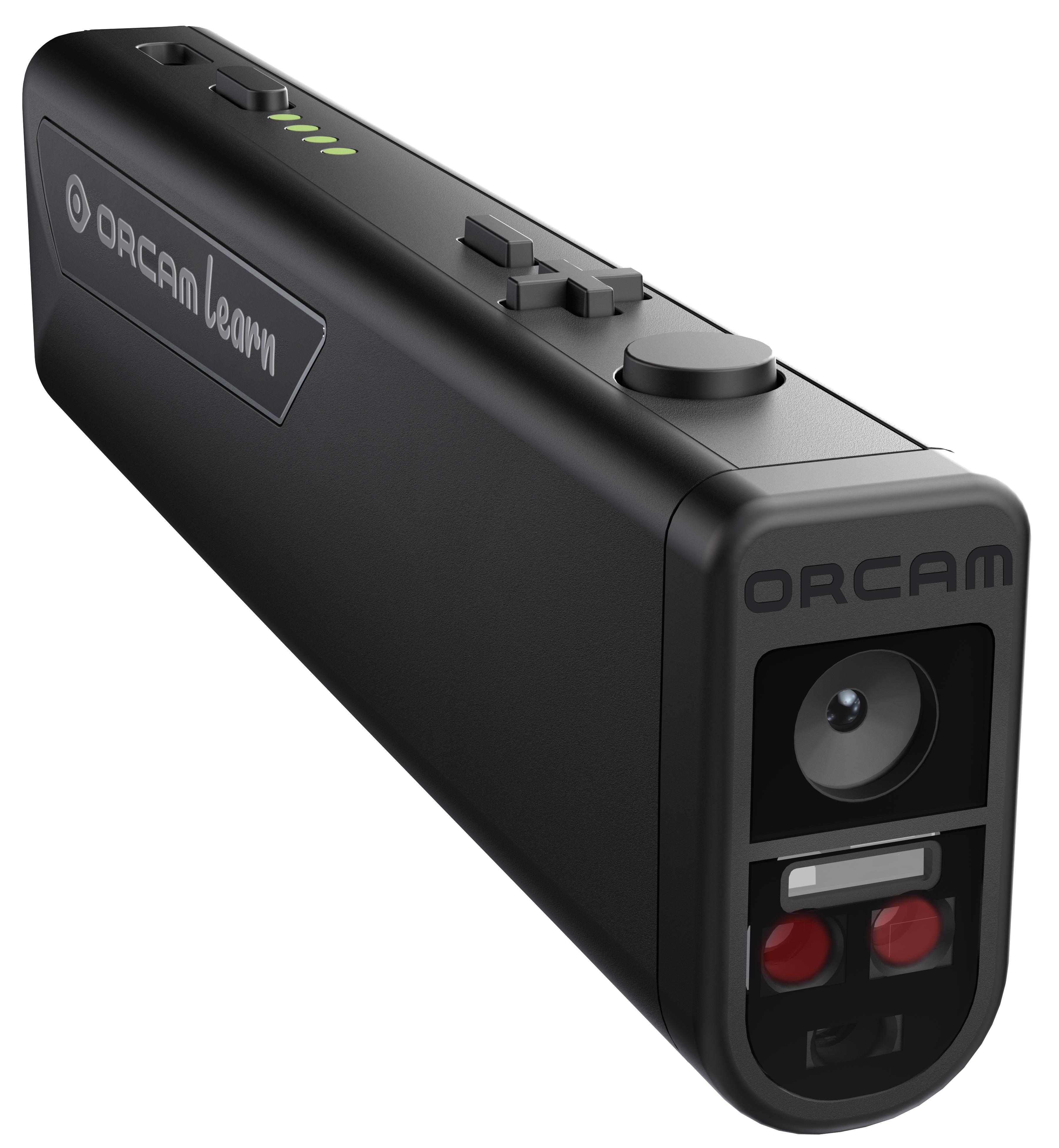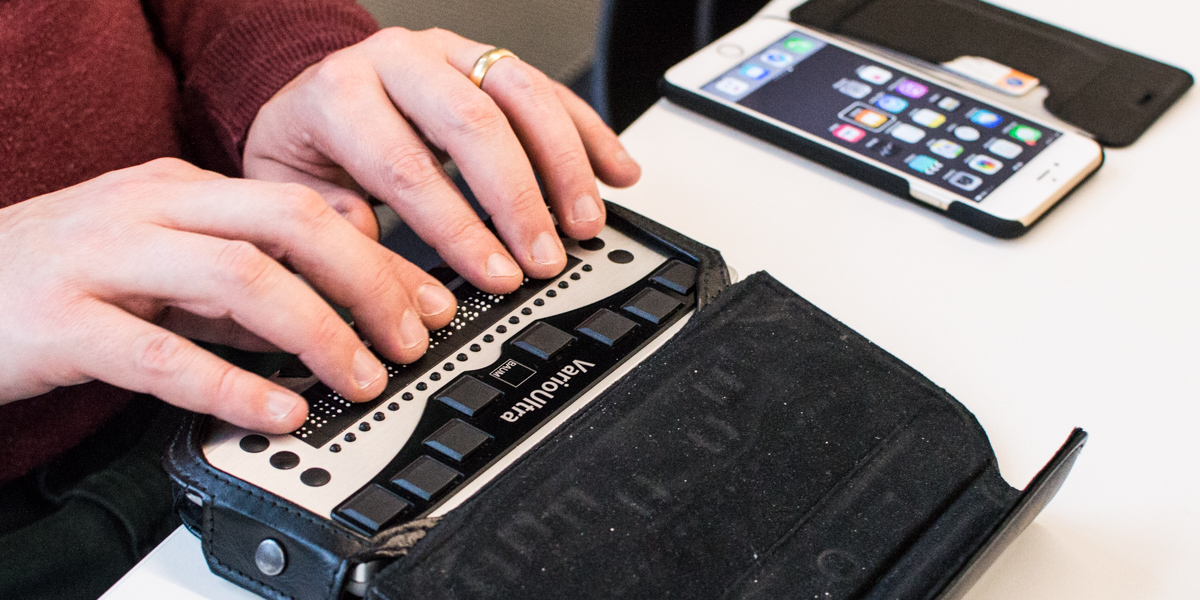Empowering Independence With Assistive Technology for the Blind
The assimilation of assistive innovation into the lives of people with visual problems represents a substantial improvement in promoting self-reliance and self-sufficiency. From ingenious display viewers to advanced clever canes, these tools not only boost everyday navigating and communication however likewise encourage individuals to involve meaningfully in different aspects of life. As we explore the myriad advantages and real-world applications of these technologies, it comes to be important to examine the underlying factors that add to their effectiveness and the possibility for future advancements in this important area.
Introduction of Assistive Technology

The development of assistive innovation is based in concepts of inclusivity and empowerment. Developments in software program, equipment, and sensory enhancements supply users with options customized to their specific demands. From display readers that transform text to speech, to responsive devices that communicate information with touch, these devices change the means individuals engage with their surroundings.
Along with sensible applications, assistive technology promotes greater social inclusion and engagement in numerous industries, consisting of education and learning and employment (AI-powered visual aids). As r & d remain to advance, the capacity for assistive innovation to additionally improve the lives of aesthetically damaged people remains appealing, paving the way for a much more equitable culture where every person can thrive
Kinds of Assistive Tools
A selection of assistive gadgets have actually emerged to sustain people with visual impairments, each designed to satisfy particular requirements and improve everyday functioning. These tools range from low-tech remedies to high-tech advancements, offering diverse alternatives for users.
Low-tech devices consist of magnifiers and large-print products that aid in analysis and writing. Braille tools, such as Braille slates and stylus pens, enable responsive reading and communication. Positioning and movement help, like white walking sticks, assist individuals navigate their setting securely.
On the higher end of the spectrum, electronic magnifying systems and display readers use considerable assistance. Electronic magnifiers permit individuals to enlarge text and photos on displays, while screen viewers transform digital material into manufactured speech, assisting in access to info on mobile phones and computers.
Mobile phone applications likewise play a vital role, providing functions like message acknowledgment and navigating help. Wearable technology, such as smart glasses equipped with augmented fact, is becoming an appealing tool to improve situational awareness.
Advantages of Assistive Innovation
The assimilation of assistive technology dramatically boosts the lifestyle for individuals with aesthetic problems. These innovations empower individuals by advertising self-reliance, enabling them to navigate their atmospheres more successfully and execute daily jobs with better ease. Screen readers and zoom software program permit people to gain access to electronic details, cultivating educational and expert opportunities that may have previously been out of reach.
In addition, assistive tools such as smart canes and GPS applications provide real-time navigating help, boosting mobility and safety. This increased autonomy not only improves self-esteem yet also motivates social interaction, permitting customers to take part more totally in their areas.
Assistive innovation likewise helps with communication, assisting users get in touch with others with voice acknowledgment and text-to-speech applications. This capacity is important for maintaining partnerships and accessing important details.
In addition, the personalization alternatives offered with numerous assistive technologies make sure that customers can tailor gadgets to their particular needs, better enhancing functionality and efficiency. Generally, the benefits of assistive technology for people with visual impairments are extensive, advertising an extra inclusive culture where everyone can pursue their desires and objectives.
Situation Research Studies and Success Stories
Highlighting the transformative impact of assistive innovation, many study highlight how people with aesthetic impairments have effectively integrated these tools right into their day-to-days live. One compelling example entails an university student who utilized screen reading software program to navigate academic materials and on-line resources click now effectively. This modern technology not just promoted her education and learning yet likewise improved her confidence in taking part in conversations and group jobs.
One more study features a professional who employs a mobile phone application designed for navigating and things acknowledgment. By utilizing this app, he has actually regained autonomy in both his individual and work environments, enabling him to commute separately and involve with associates much more efficiently.
Additionally, a senior citizen shared her experience with braille e-readers, which allowed her to access a large range of literature and remain gotten in touch with her neighborhood with book clubs.
These success tales underscore the vital duty of assistive innovation in cultivating freedom, enhancing quality of life, and promoting social combination for people with visual impairments (AI-powered visual aids). By embracing these cutting-edge devices, individuals can overcome obstacles and seize possibilities that add to their expert and individual gratification

Future Patterns in Assistive Innovation
Advancement in assistive technology is poised to redefine the landscape of assistance for individuals with visual disabilities. Emerging trends stress the combination of artificial intelligence (AI) and artificial intelligence, which boost the performance of gadgets that help with navigating and details access. AI-driven applications are now capable of translating visual data in real-time, allowing customers to engage with their setting much more independently.
Moreover, the growth of wearable technology is advancing quickly. Smart glasses furnished with increased truth (AR) can offer audio descriptions of surroundings, changing how customers communicate with public rooms. These devices not only advertise freedom yet also foster social addition.
Furthermore, the Net of Things (IoT) is making homes smarter, enabling seamless connectivity between assistive devices and everyday home appliances. This connection encourages individuals by allowing automated responses and voice-activated controls customized to individual demands.
Conclusion
In verdict, assistive technology plays a crucial role in encouraging individuals with aesthetic disabilities by boosting their freedom and involvement with their surroundings. The diverse variety of applications and tools readily available not just promotes navigating and interaction yet additionally promotes social integration and possibilities for expert and individual development. As developments continue in this field, the possibility for boosting the lifestyle for those with aesthetic disabilities will certainly broaden, fostering better autonomy and empowerment.
